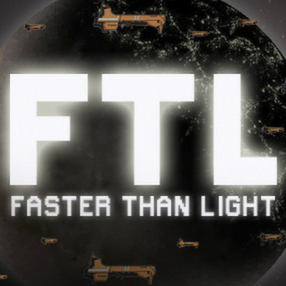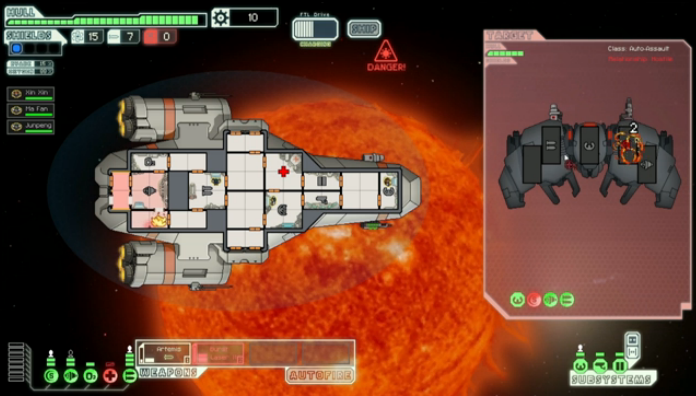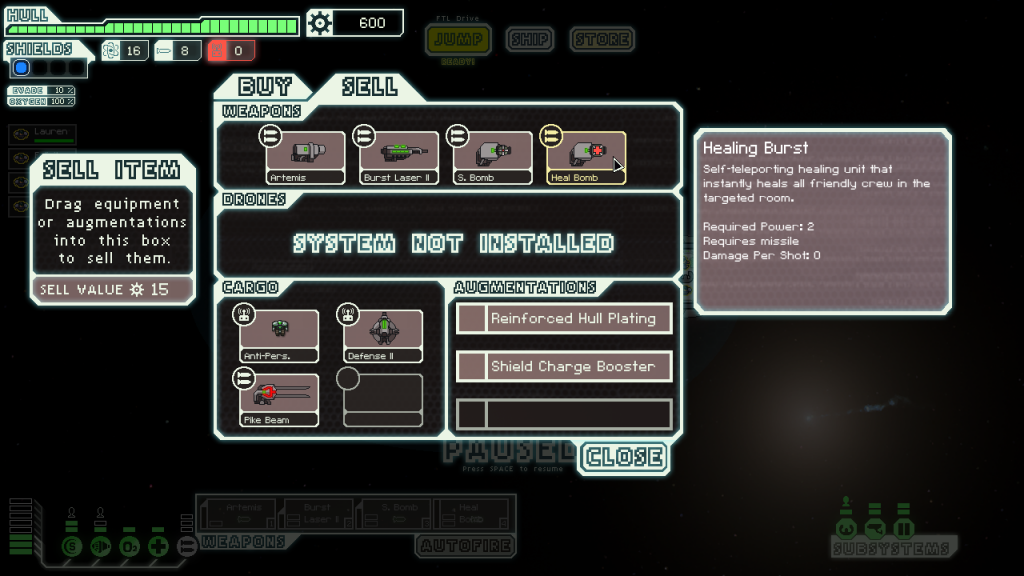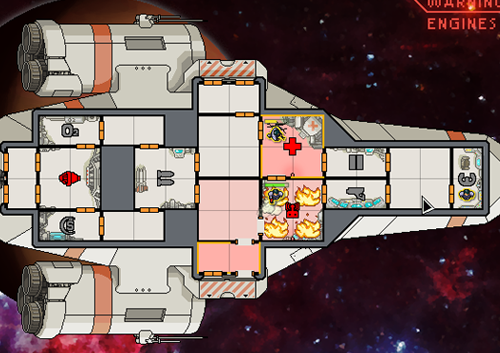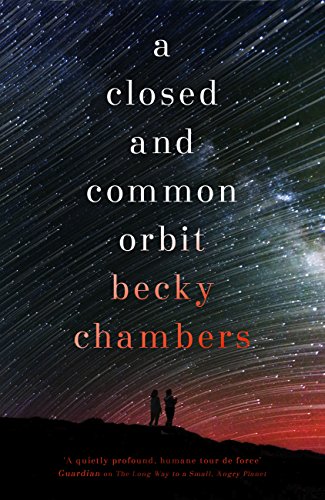 Author: Becky Chambers
Author: Becky Chambers
Genre: Science-fiction
Publisher: Hodderscape
Date: 20 October 2016
Source: Purchased new
Buy the Book – Goodreads
Lovelace was once merely a ship’s artificial intelligence. When she wakes up in an new body, following a total system shut-down and reboot, she has no memory of what came before. As Lovelace learns to negotiate the universe and discover who she is, she makes friends with Pepper, an excitable engineer, who’s determined to help her learn & grow.
Together, Pepper and Lovey will discover that no matter how vast space is, two people can fill it together.
Chambers’ first book in the Wayfarer universe made my Top 5 books of 2015; The Long Way to a Small, Angry Planet was an engaging, diverse space-opera with nifty, distinct alien races and some truly fascinating worldbuilding, but I still had a few qualms with it. As much as I loved the story, I found the structure and pacing choppy and somewhat distracting: it almost felt like a 90s TV show, focusing on a new alien every chapter.
This minor cloud has a major silver lining, in that having crammed so much worldbuilding into the first book gave Chambers a solid basis upon which to build this companion novel. Without giving away the big plot twist at the end of The Long Way to a Small, Angry Planet, I can say A Closed and Common Orbit is a much more intimate book. Here, we focus on two main characters and a small supporting cast rather than an ensemble, which I thought was a lot more effective.
Half of the narrative is set just after the events of The Long Way to a Small, Angry Planet, as we witness Sidra struggling to adjust to life in a body kit, while the other half focuses on Pepper’s childhood, more than a decade prior, when she was called Jane 23. In the establishing chapters of both storylines, I found myself wishing things would happen a bit faster, but I did enjoy both stories, and the way they came together at the end was very satisfying.
This structure also allows Chambers to do some really interesting and effective storytelling. Early on, a full-grown Pepper ordered ‘the left side of the menu’ from her local takeaway. I definitely chuckled, because who doesn’t love a too-large portion of proper greasy takeaway when the mood is right for it? Yet as we read on and witness Jane’s struggle to feed herself, Pepper’s enthusiasm for every food ever takes on deeper meaning. This is a woman who almost starved to death as a child, an experience which affects her to this day.
There’s just more time in this book to devote to Sidra & Pepper as characters and to tell the stories of their lives and their growth in depth and in detail. The overall stakes are smaller, in a sense. We’re not looking at the end of the world, or even a tricky mission with a big pay-off that turns sour. But we are looking at things that do mean the world for some of these characters – finding your identity, your own place in the world, your purpose, your family.
I teared up a good few times and I absolutely adored the ending. Such a perfect, beautiful note to leave our characters on.
![]()

